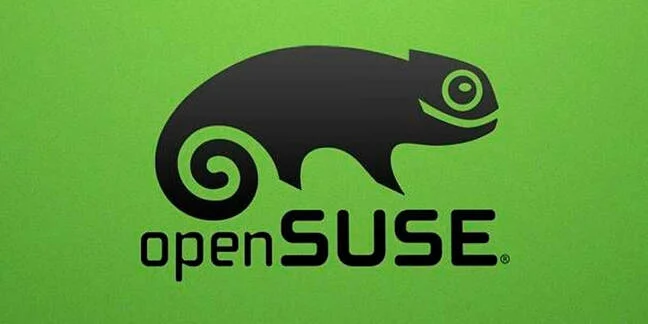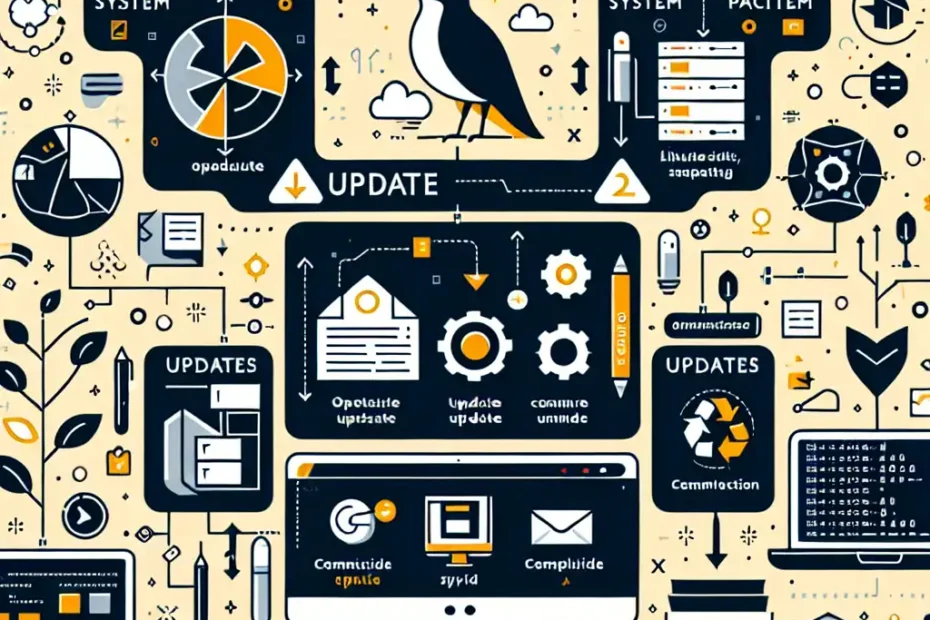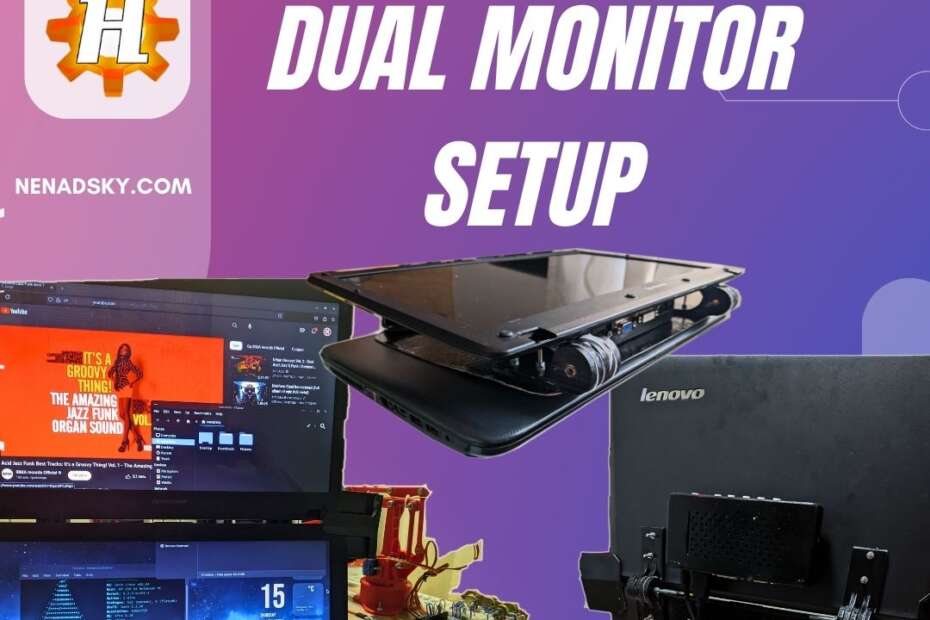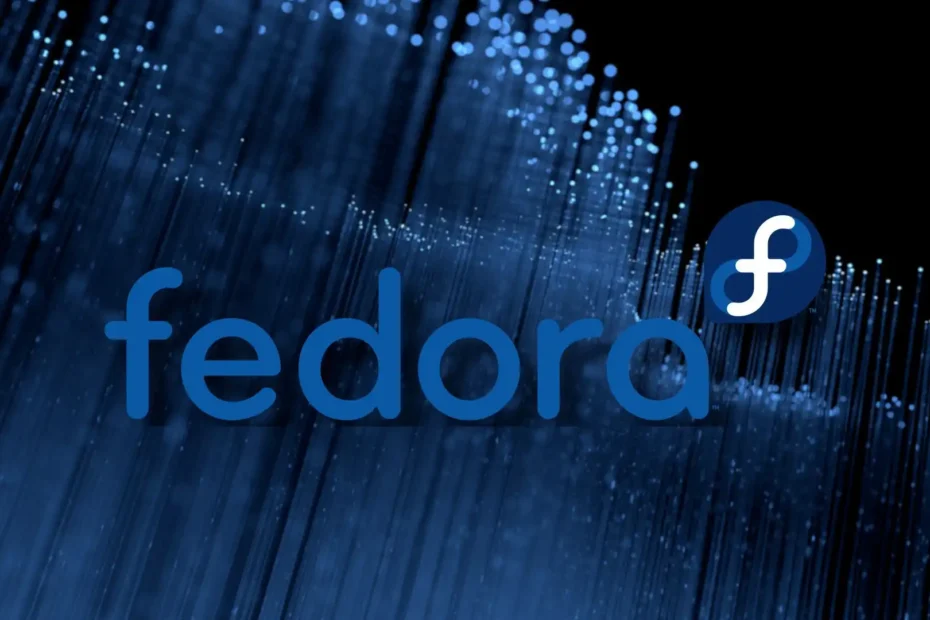Migrating from Arch Linux to OpenSUSE: A New Perspective
As a long-time Linux user, I have always enjoyed the freedom this operating system provides. However, as time passes, needs and priorities change. For many years I have used Arch Linux , a distribution that fully introduces you to the world of control and customization. If you are not familiar with Arch, it is known for requiring the user to be fully responsible for the system – from installation to configuration of all components. This DIY philosophy is what appeals to many, including myself.
Read More »Migrating from Arch Linux to OpenSUSE: A New Perspective








